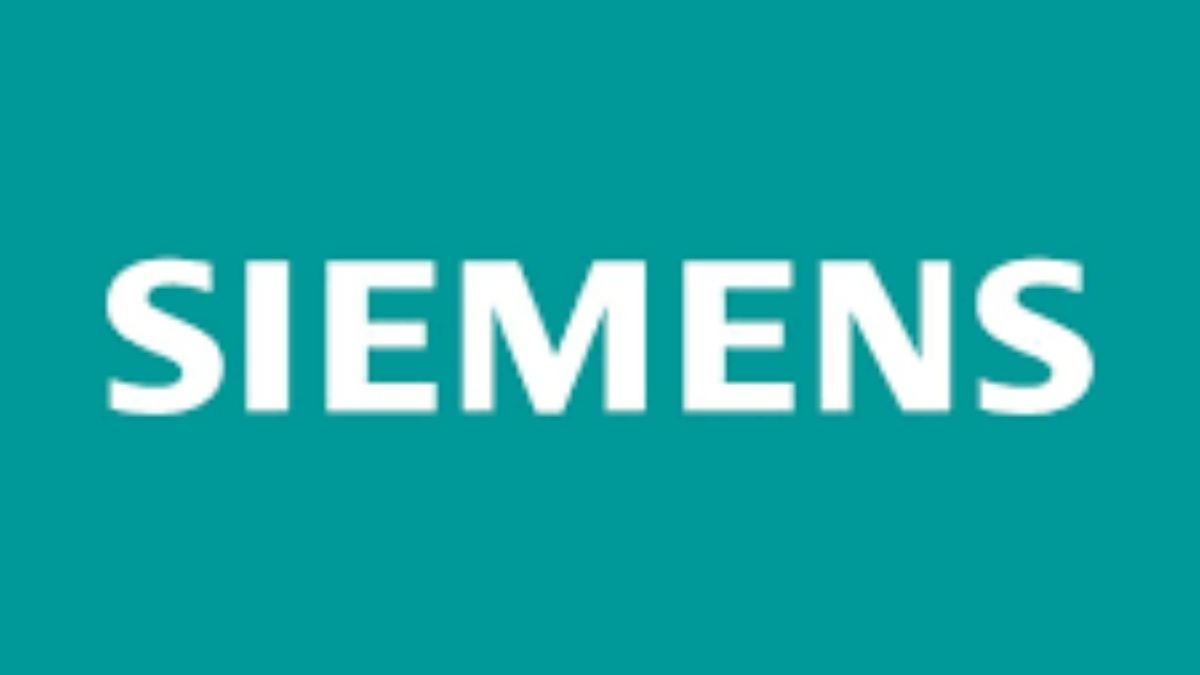Germany’s Siemens has confirmed it has restored full access to its chip design software and related technologies for Chinese customers after the United States lifted key export restrictions, according to a report by Bloomberg News.
The move follows a notification received by Siemens from the U.S. government, indicating that earlier curbs on the export of electronic design automation (EDA) tools to China have been officially rescinded. The German industrial giant had previously been restricted from supplying its software to Chinese firms under U.S. trade controls targeting advanced semiconductor technology.
Neither Siemens nor the U.S. Department of Commerce has issued an official comment yet, as reported by Reuters.
The development comes amid a broader easing of trade tensions between Washington and Beijing. Just last week, the two countries resolved a separate dispute involving rare earth minerals and magnets — a key component in electronics and defense — reaching a settlement that reaffirmed terms of a trade deal struck in May.
Earlier this year, the U.S. had suspended several licenses for American firms to export sensitive technologies to China, including jet engines from GE Aerospace for COMAC’s C919 aircraft and nuclear equipment destined for Chinese power plants. Major chip design software firms such as Cadence Design Systems, Synopsys, and Siemens EDA were also caught in the sweep of restrictions.
However, recent signals point to a recalibration of the U.S. approach. China’s Ministry of Commerce announced on Friday that a new framework has been agreed upon, wherein China will vet export applications for sensitive items, while the U.S. will revoke corresponding limitations.
Synopsys, another EDA major, had resumed some of its services in China last month after a temporary suspension to comply with U.S. controls — an indication of improving regulatory clarity in the high-stakes semiconductor sector.
The rollback of restrictions on Siemens is expected to ease operational bottlenecks for Chinese chipmakers and could mark a thaw in the ongoing tech tensions between the world’s two largest economies.


